Application of high temperature alloy in concentrating solar power station.(HY-industry technical centre)
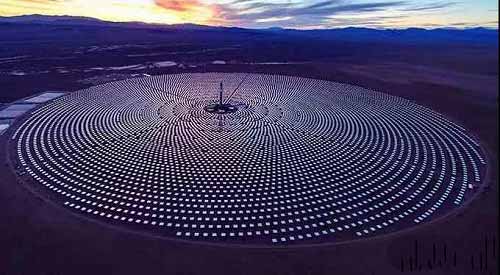

Application of high temperature alloy in concentrating solar power station.(HY-industry technical centre)
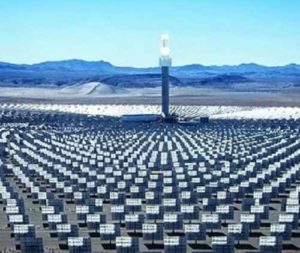 Nickel-based alloys and nickel-containing stainless steels play a key role in an emerging renewable energy source known as thermal solar power plants or concentrated solar power (CSP). The use of nickel-based alloys and nickel-containing stainless steels enables the solar power industry to overcome the challenges of heat transfer and heat storage technologies.
Nickel-based alloys and nickel-containing stainless steels play a key role in an emerging renewable energy source known as thermal solar power plants or concentrated solar power (CSP). The use of nickel-based alloys and nickel-containing stainless steels enables the solar power industry to overcome the challenges of heat transfer and heat storage technologies.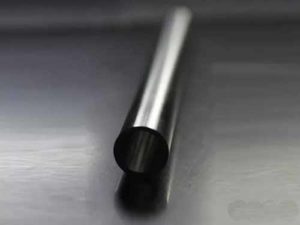 The CSP demonstration plant began operations in the early 1980s. Since then, progress has been made in the collection and storage of energy. A solar tower is a concentration technology that has been developed. This design utilizes desalination as a heat transfer fluid. The nitrate mixture is usually melted at a temperature of 130 ° C (268 ° F) or higher. They are stored in liquid form in insulated storage tanks at a temperature of 288 ° C (550 ° F). These liquid salts are then pumped into a solar receiver tube where concentrated radiation heats them up to 566 ° C (1050 ° F) and the hot liquid is then sent to a high temperature storage tank. Thermal storage tanks are also insulated and can store heat for long periods of time.
The CSP demonstration plant began operations in the early 1980s. Since then, progress has been made in the collection and storage of energy. A solar tower is a concentration technology that has been developed. This design utilizes desalination as a heat transfer fluid. The nitrate mixture is usually melted at a temperature of 130 ° C (268 ° F) or higher. They are stored in liquid form in insulated storage tanks at a temperature of 288 ° C (550 ° F). These liquid salts are then pumped into a solar receiver tube where concentrated radiation heats them up to 566 ° C (1050 ° F) and the hot liquid is then sent to a high temperature storage tank. Thermal storage tanks are also insulated and can store heat for long periods of time.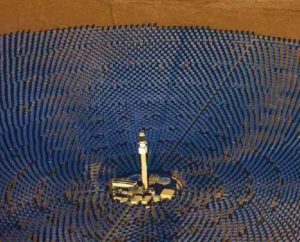 Thermal Energy Storage (TES) is used to compensate for different needs and environmental conditions. When needed, the desalination pump is pumped into a steam generator that produces steam that drives conventional turbines and generators. Compared to other large renewable energy sources, TES has the unique advantage of eliminating the need for backup fuel for power generation in some cases. In the summer of 2013, Spain’s moltensalt tower system was powered 24 hours a day, 36 days a week. This is the first time such an achievement has been achieved.
Thermal Energy Storage (TES) is used to compensate for different needs and environmental conditions. When needed, the desalination pump is pumped into a steam generator that produces steam that drives conventional turbines and generators. Compared to other large renewable energy sources, TES has the unique advantage of eliminating the need for backup fuel for power generation in some cases. In the summer of 2013, Spain’s moltensalt tower system was powered 24 hours a day, 36 days a week. This is the first time such an achievement has been achieved.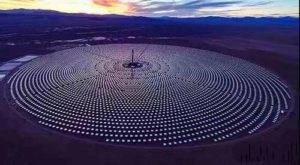 This type of factory is the new moon dune solar. It is located in Tonopah in the northern desert of Las Vegas, Nevada, with a net power generation capacity of 110 MW and a 10-hour TES. This means that the power station can generate electricity at full load for up to 10 hours during peak hours. The sun is reflected by more than 10,000 days, and the heliostat concentrates energy on the receiver at the top of the 200 m (640 ft) tower. Each pyranometer consists of a mirrored surface with a total area of 115.7 square meters (1245 square feet). The total collection area is over 1.2 million square meters (12 million square feet). Commercial start-up in 2015.
This type of factory is the new moon dune solar. It is located in Tonopah in the northern desert of Las Vegas, Nevada, with a net power generation capacity of 110 MW and a 10-hour TES. This means that the power station can generate electricity at full load for up to 10 hours during peak hours. The sun is reflected by more than 10,000 days, and the heliostat concentrates energy on the receiver at the top of the 200 m (640 ft) tower. Each pyranometer consists of a mirrored surface with a total area of 115.7 square meters (1245 square feet). The total collection area is over 1.2 million square meters (12 million square feet). Commercial start-up in 2015.